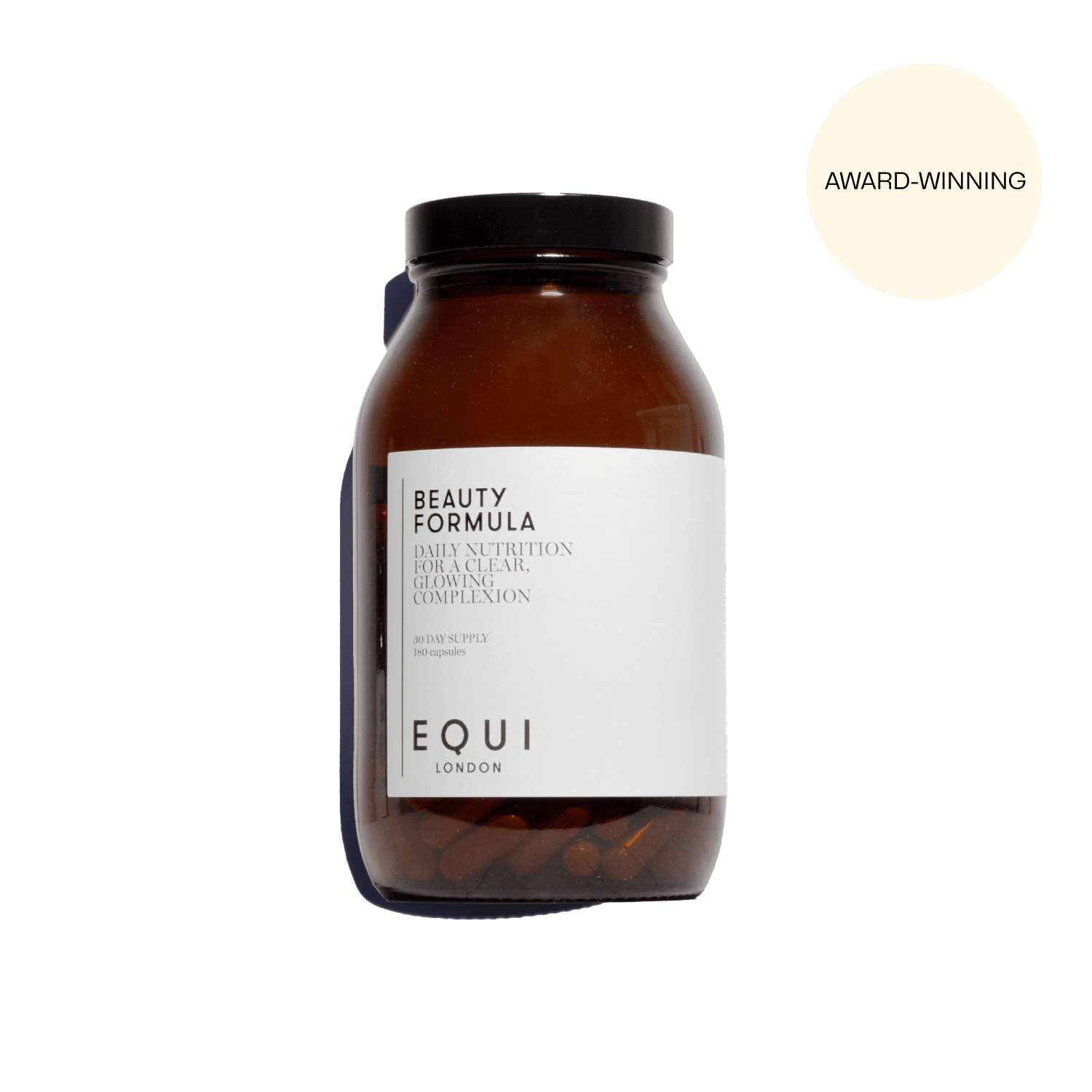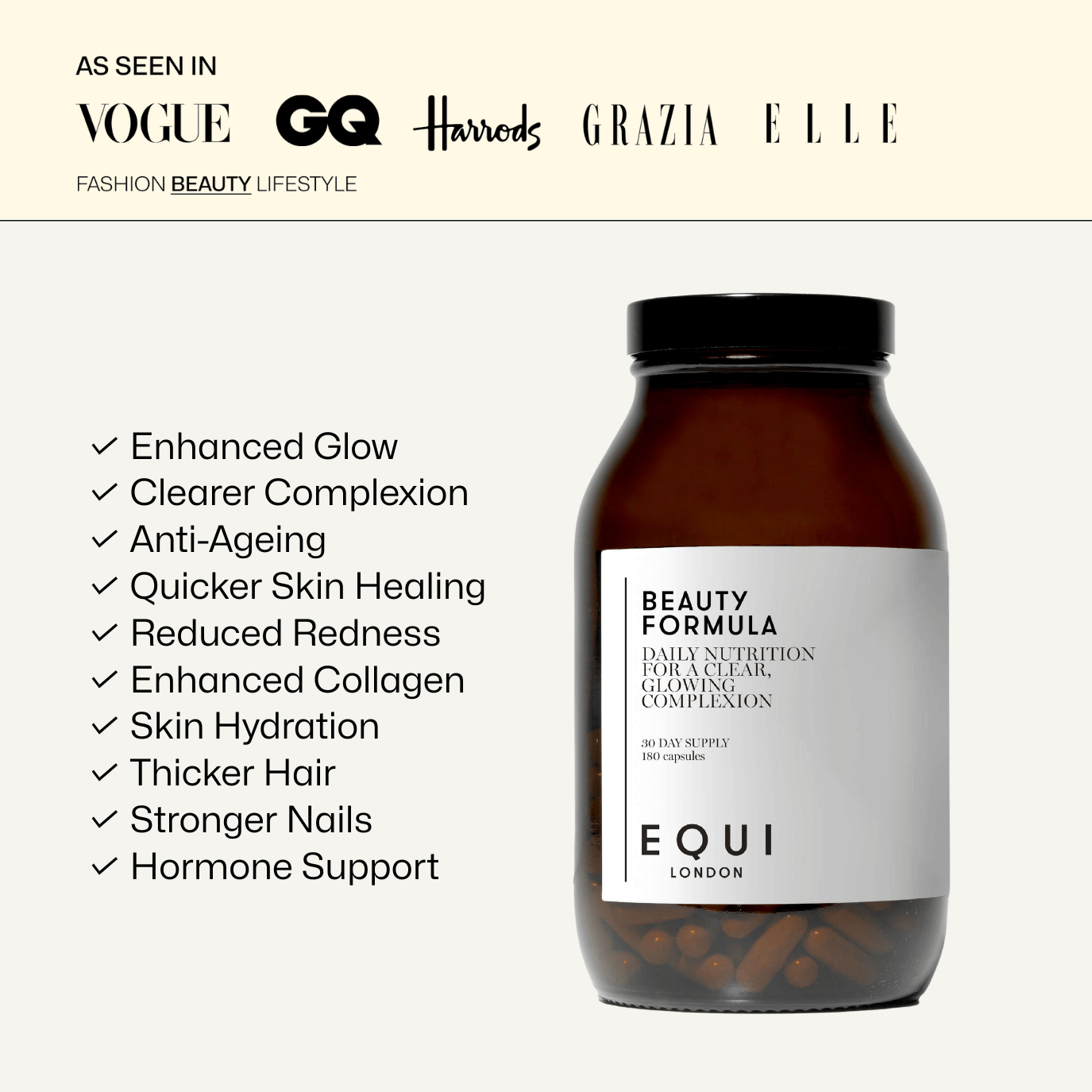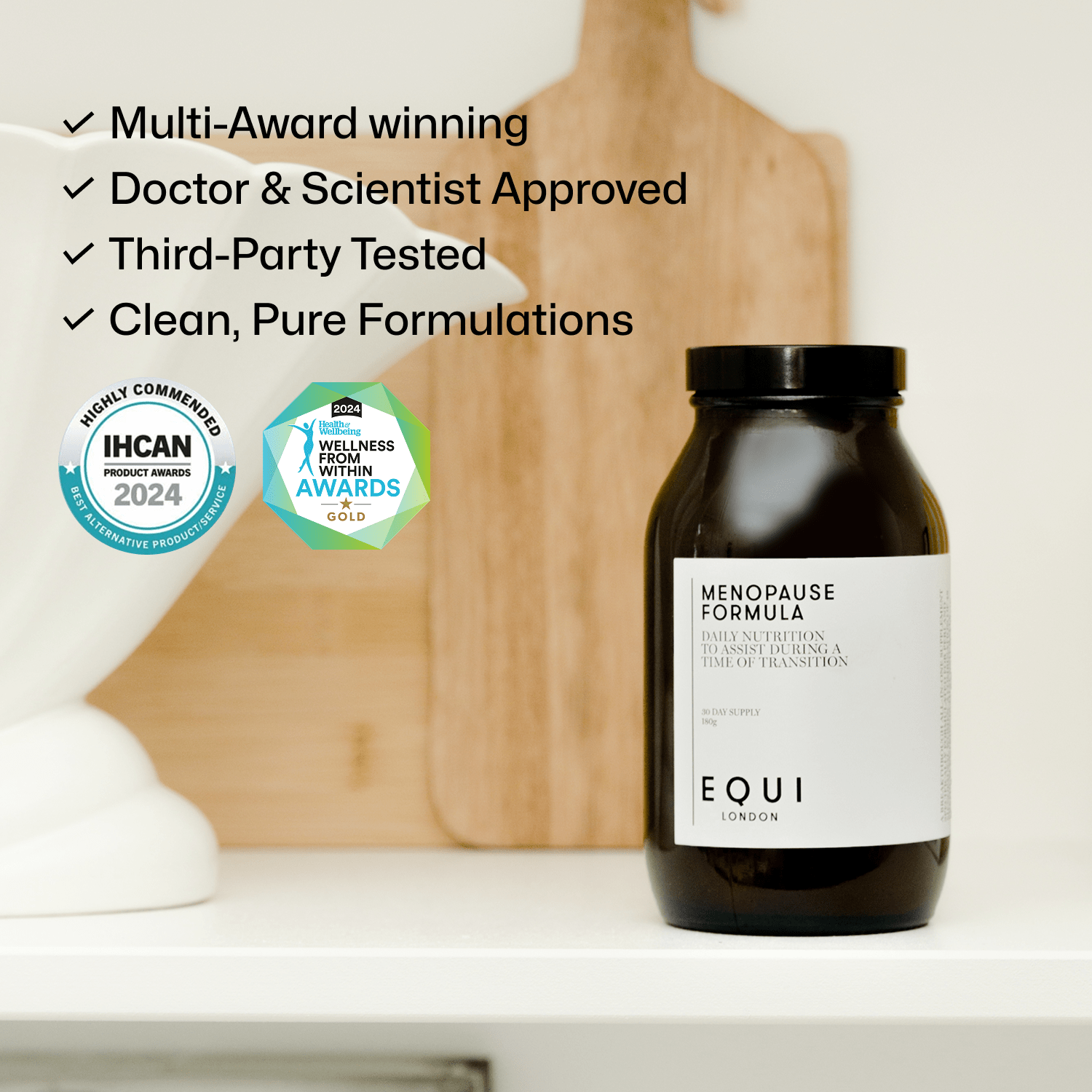References
- Rittié, L., & Fisher, G. J. (2015). UV-light-induced signal cascades and skin aging. Ageing research reviews, 21, pp. 16-29.
- Vierkötter, A., Schikowski, T., Ranft, U., Sugiri, D., Matsui, M., Krämer, U., & Krutmann, J. (2010). Airborne particle exposure and extrinsic skin aging. Journal of Investigative dermatology, 130(12), pp. 2719-2726.
- Mirsaeidi, M., Machado, R. F., Schraufnagel, D. E., Sweiss, N. J., Baughman, R. P., & Garcia, J. G. (2017). Racial difference in estrogen-induced expression of genes related to aging and inflammation: implications for the development of sarcoidosis. American journal of respiratory cell and molecular biology, 57(2), pp. 184-191.
- Pullar, J. M., Carr, A. C., & Vissers, M. C. (2017). The roles of vitamin C in skin health. Nutrients, 9(8), pp. 866.
- Proksch, E., Schunck, M., Zague, V., Segger, D., Degwert, J., & Oesser, S. (2014). Oral intake of specific bioactive collagen peptides reduces skin wrinkles and increases dermal matrix synthesis. Skin pharmacology and physiology, 27(3), pp. 113-119.
- Kimball AB, Gloor M, Augustin M, et al. (2007). Oral supplementation of undenatured type I collagen for the treatment of photodamaged skin: a randomized, double-blind, placebo-controlled trial. J Am Acad Dermatol. 57(2), pp. 217-225.
- Boelsma, E., Hendriks, H. F., & Roza, L. (2001). Nutritional skin care: health effects of micronutrients and fatty acids. The American journal of clinical nutrition, 73(5), pp. 853-864.
- Stahl W, Heinrich U, Aust O, Tronnier H, Sies H. (2006). Long-term supplementation with beta-carotene plus selenium may reduce photoaging of the skin. J Invest Dermatol. 126(6), pp. 1297-9.
- Fiedor J, Burda K. (2014). Potential role of carotenoids as antioxidants in human health and disease. Nutrients. 6(2), pp. 466-88
- Boelsma E, Hendriks HF, Roza L. (2001). Nutritional skin care: health effects of micronutrients and fatty acids. Am J Clin Nutr. Jul;73(1), pp. 853-64.
- Wu, X., Beecher, G. R., Holden, J. M., Haytowitz, D. B., Gebhardt, S. E., & Prior, R. L. (2004). Concentrations of anthocyanins in common foods in the United States and estimation of normal consumption. Journal of agricultural and food chemistry, 52(13), pp. 3896-3902
- Cherubini A, Cartechini L, Naldi L, et al. (2012). Effect of Pycnogenol® on photoaging signs: a double-blind, randomized, placebo-controlled trial. J Drugs Dermatol, 11(10), pp. 1145-1152.
- Cartechini L, Cherubini A, Naldi L, et al. (2013). Pycnogenol® improves skin hydration in women with dry skin: a double-blind, randomized, placebo-controlled study. J Drugs Dermatol. 12(1), pp. 53-58.
- Wang H, Chen X, Li Y, et al. (2011). Resveratrol protects human skin fibroblasts from oxidative stress and enhances their replicative lifespan. Aging Cell. 10(2), pp. 237-246.
- Boelsma, E., Hendriks, H. F., & Roza, L. (2001). Nutritional skin care: health effects of micronutrients and fatty acids. The American journal of clinical nutrition, 73(5), pp. 853-864.
- Gupta A, Kaur J, Kaur S. (2017). Effect of facial on skin hydration and elasticity. Skin Pharmacology and Physiology. 30(3), pp. 175-181.Shaw RJ, Labrecque J, Jones DP, et al. (2009). Sleep-dependent regulation of skin aging and protection from UV-induced damage. Nature. 460(7253), pp. 796-800.








